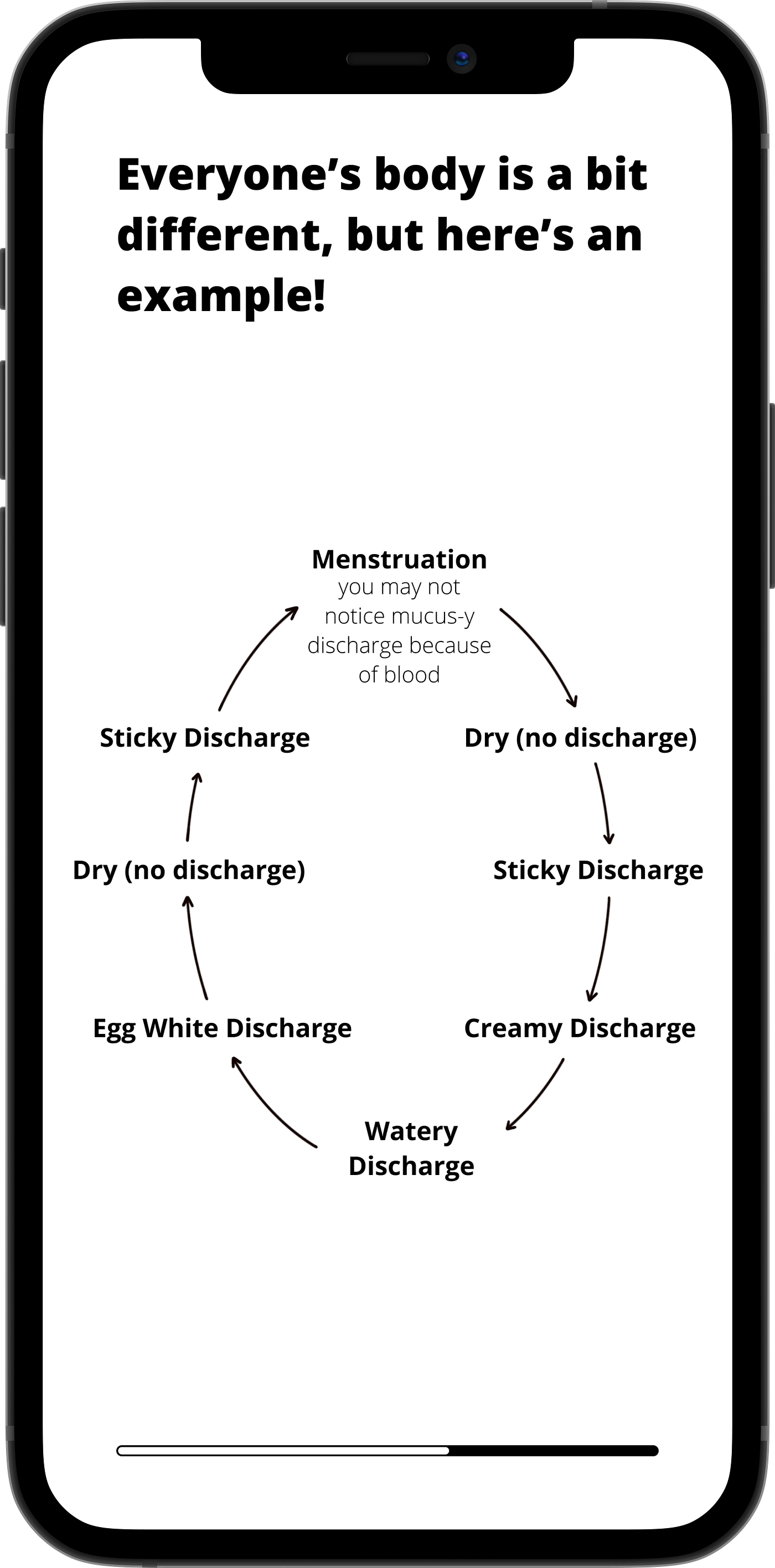You Should Warn Your Child About Discharge

It’s super confusing to find something in your underwear that’s never been there before.

For those of us who didn’t know what a period was before we started one, it’s scary enough to have blood show up in your underwear out of the blue. But, even as adults, no one ever talks about the other parts of having a period like…the goop?! What is it? Is it healthy? Does it serve a purpose? Does everyone else get this too? Why does the consistency change throughout the month?
Young kids can see discharge in their underwear up to a year before their first period and first periods can come as early as 8-years-old. When we tell kids what’s up with their bodies, we help build their confidence to ask questions about their health and physical changes throughout puberty. So, knowing that discharge is totally normal and to-be-expected can help calm their concerns when it shows up.
What’s the goop?
For those of us who menstruate, the goop in our underwear has a name, albeit, kind of a lame one: discharge.
Vaginal discharge is a substance that leaks from a female’s uterus, cervix or vagina. It’s made up of mucus, fluid, dead cells and, usually, the good kind of bacteria. It can be sticky, creamy or watery, white or yellow. It’s not only natural, it’s also healthy and necessary for keeping our reproductive organs healthy.
There are lots of different types of vaginal discharge and the color, consistency and texture of discharge can tell us where we’re at in our menstrual cycle. Everyone is a little different, but here’s an example:

The reason discharge is different at different times of your menstrual cycle is ultimately to support reproduction. It impacts things like “how difficult or easy it is for sperm to swim past your cervix into your uterus”.
Like periods, the amount and type of the vaginal discharge changes from person to person and cycle to cycle. Throughout your cycle, you may notice
- an egg white discharge that’s white, clear and slimy
- a creamy discharge that’s thick, white and, as the name suggests, creamy
- a sticky or tacky textured discharge
- a clear, watery, thin discharge
Do not be alarmed if you think you’ve peed yourself a little if you see that last one. You (probably) haven’t 🙃
Not all discharge is healthy discharge.
Part of teaching up-and-coming menstruators about discharge is teaching them to (1) actually pay attention to it (2) know that it has meaning and serves a reproductive purpose and (3) decipher whether a change in their discharge warrants a doctor’s visit.
Things to look out for:
- A change in color from white or clear to whitish-gray or yellowish-green.
- A fishy smell
- A clumpy, cottage-cheese consistency or a foamy consistency.
- A change in the amount of discharge such as an unusual increase in the amount or almost no discharge at all throughout the entire menstrual cycle
If you have concerns or your child is experiencing itchiness or burning, it’s important to see a doctor. Although, that could probably go without saying.
Two more things to tell your kiddos so they don’t fret:
One. A laundry fact:
When discharge dries it can leave behind a yellowish or whitish crust in your underwear and, because discharge is acidic, it can actually create stains that look like bleach. It’s normal but confusing if you don’t know that’s a possibility!
Two. An important PSA:
Teach your child that trying to get rid of vaginal discharge with douches, deodorants, scented soaps or vaginal wash can do a lot more harm than good. These tend to remove good bacteria and can upset your vagina’s pH balance putting you at a much higher risk for bacterial infections, yeast infections & UTIs. Just shower regularly and use warm water and unscented soap on the outside of the vagina (not inside!).
If it bothers your child that discharge is getting in their underwear or if they’re going through lots of pairs due to stains, encourage them to use a panty liner occasionally. For kids who have additional sensory difficulties with discharge or period blood, there are some breathable, cloth alternatives to cotton liners that may be a better alternative.
For more where this came from and extra support preparing for tough growing-up conversations with your kids, check out maro parents. For help finding access to free and affordable period care products, reach out to Helping Women, Period.

